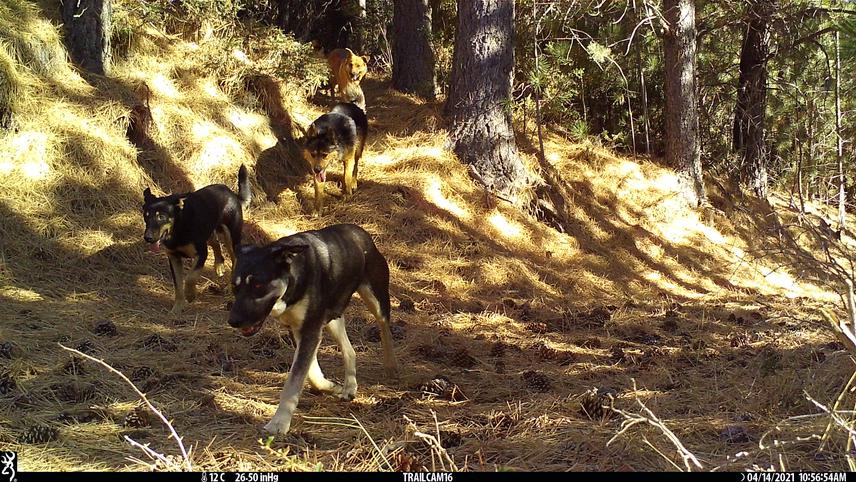Lucía Belén Zamora-Nasca
Other projects
16 Sep 2019
Assessing Domestic Dogs’ Role in Protected Areas: Interaction with Wildlife and Society Perception
The establishment of protected areas (PAs) has been a fundamental tool for biodiversity conservation globally. Fortunately, in the last thirty years, the number and area of PAs has increased. However, the current human population growth, rapid development of human settlement and unsupervised recreational use among other reasons, have led to approximately one-third of these PAs being under intense anthropogenic pressure. This compromises their role in the conservation of the species they host. Particularly, the advance of exotic species, intimately associated with human presence and abundance, is one of the main threats to wildlife. The domestic dog (Canis lupus familiaris), a worldwide introduced species, is having an increasing impact on wildlife. Free-roaming dogs (FRDs) could disturb, prey, compete, transmit infectious and parasitic diseases and/or hybridize with wildlife. In turn, the closer FRDs are to PAs, the greater the impacts could be. Argentina is among the countries with the highest number of pets in the world and dogs are the most frequent (ca. 66% of survey respondents). Estimates of dog density performed in some regions of this country suggest that the dog:human ratio exceeds the recommended values by the World Health Organization for healthy human-animal coexistence.

A pack of domestic dogs, Nahuel Huapi National Park, Bariloche, Argentina. Photo taken by camera trap installed by Lucía Zamora.
Numerous human settlements in Argentina are located near or within PAs. Therefore, accurate data on the number of dogs in human settlements is useful basic information, both for scientific research and for public agencies that aim to take action in this regard. Although there are studies that report interaction between FRDs and wildlife, in Argentina there is still almost no information focused on quantifying these interactions.
Therefore, our aims are:
1) to quantify the density of FRDs in cities and rural human settlements near Pas.
2) to determine the presence and abundance of FRDs in PAs adjacent to human settlements.
3) to estimate the spatial and temporal overlap in habitat use between FRDs and wildlife in Pas.
4) to estimate diet overlap between FRDs and wildlife in PAs. The information generated will help in the understanding of the dog-wildlife conflict and will advance in its concrete quantification providing basic information for the development of dog management plans in priority areas for conservation.
Header: Fox -Lycalopex sp., a native carnivore - using the same site in the Nahuel Huapi National Park, Bariloche, Argentina. Photo taken by camera trap installed by Lucía Zamora.